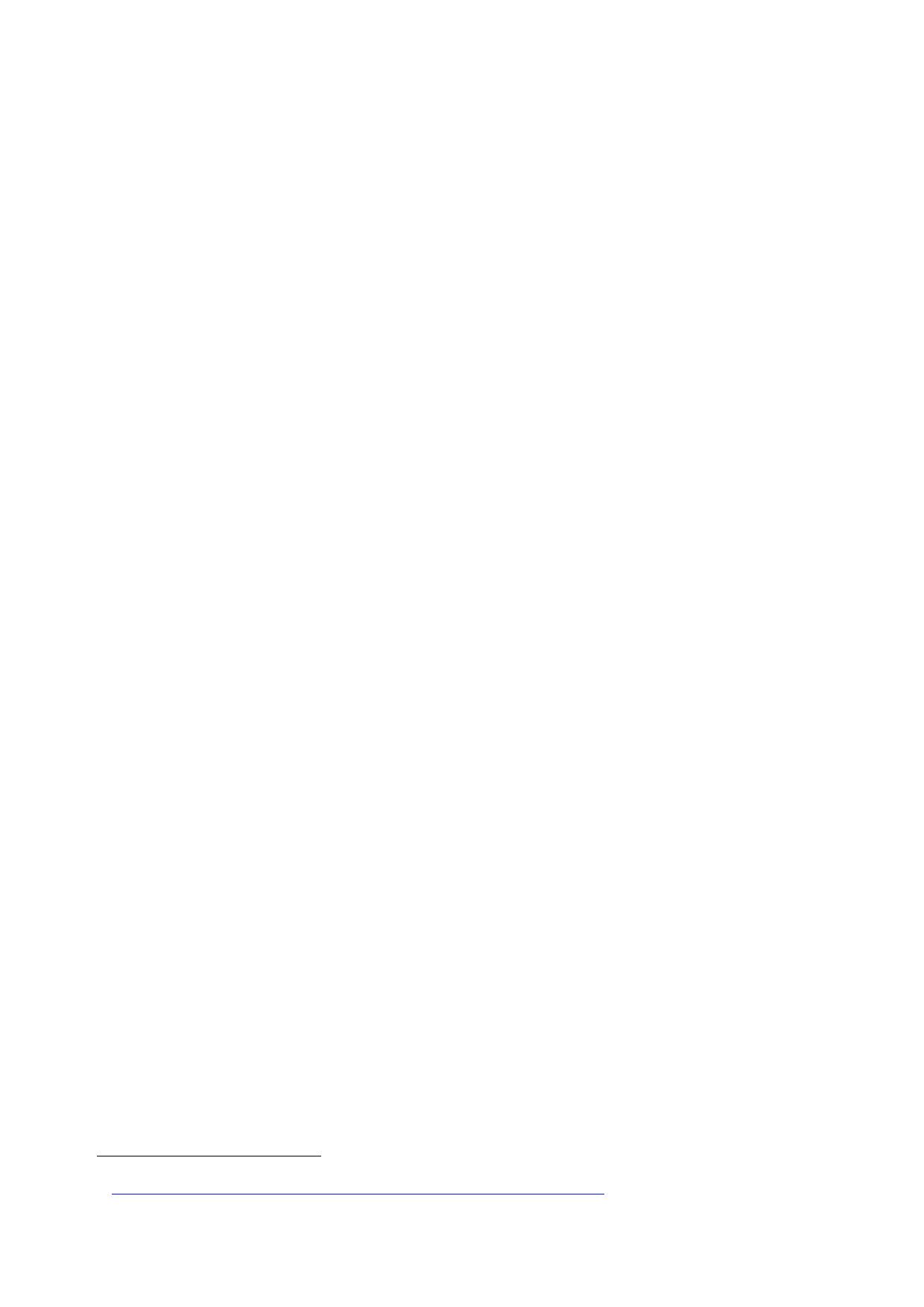
3.2 |
Development of UK strategy and options, January to April 2002 –
“axis of evil” to Crawford
155.
In the first
of its Key Judgements, the JIC stated:
“Saddam
fears a US military attack which would threaten his regime by
bringing
about the
disintegration of his military and security apparatus. A force on
the scale
of Desert
Storm (1991) would constitute such a threat.”53
156.
The JIC also
judged that Saddam did not believe such an attack was
inevitable.
157.
In addition,
the JIC’s Key Judgements were:
•
Saddam
Hussein continued to “resist the enforcement” of Security
Council
resolutions
“on disarmament while encouraging sanctions erosion”. His
strategy
was
“threatened by US/UK efforts to introduce the Goods Review List
(GRL) and
make Iraq
accept weapons inspectors”. Iraq saw the GRL as “making
sanctions
indefinitely
sustainable”. But “the greatest risk seen by Saddam” was
“that
non‑compliance
with the UN may be used to justify a full-scale US
attack”.
•
Saddam had:
“In response … begun a nominal re-engagement with the
UN
and a
diplomatic charm offensive.” So far he had offered “nothing new”.
The
JIC judged
that if the threat of large-scale military action was believed to
be
imminent,
Saddam would permit the return of weapons inspectors. It they
did
return
Saddam would “frustrate their efforts” and he would “continue to
play for
time”.
•
Iraq
continued “to pursue its WMD programmes. Design work for missiles
with
ranges
greater than the UN limit of 150km is under way. If it has not
already
done so,
Iraq could produce significant quantities of biological warfare
agent
within days
and chemical warfare agents within weeks of a decision to do
so.”
•
The Special
Republican Guard (SRG) remained “closely tied to
Saddam’s
regime” and
was “likely to resist any attempt to overthrow him”. The
Republican
Guard was
also “favoured” and was “relatively well equipped and trained;
it
would be
relatively resilient under attack, but its loyalty in dire straits
is more
open to
question than the SRG”. “Other elements of the Iraqi military”
were
“more
liable to crack if subjected to strong attack”.
•
Kurdish and
Shia groups formed “the most significant opposition to
Baghdad”.
The
“opposition” was “militarily weak and riven by factional
differences”. They
would “not
act without visible and sustained US military support on the
ground”.
A “coup or
military revolt” was “only a remote possibility”.
158.
The JIC stated
that the US reaction, to the attacks on 11 September, had “been
a
jolt” to
Saddam Hussein’s position. President Bush’s speech labelling Iraq
as part of an
“axis of
evil” would have “reinforced” Saddam Hussein’s
concern.
53
JIC
Assessment, 27 February 2002, ‘Iraq: Saddam Under the
Spotlight’.
413
